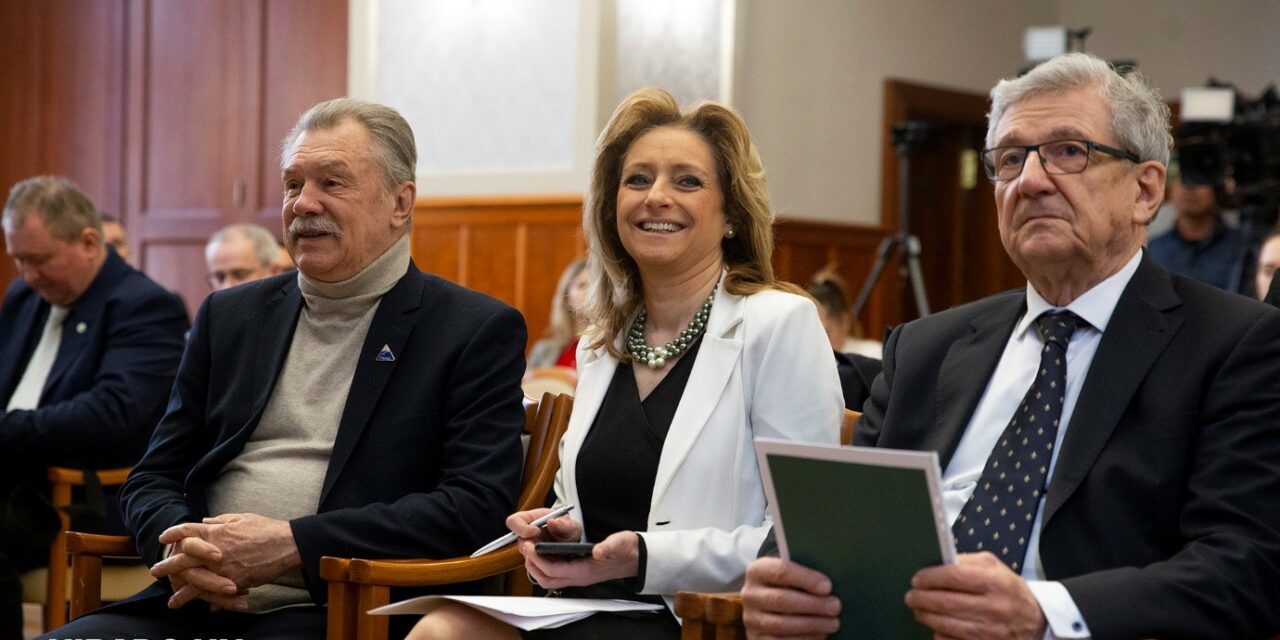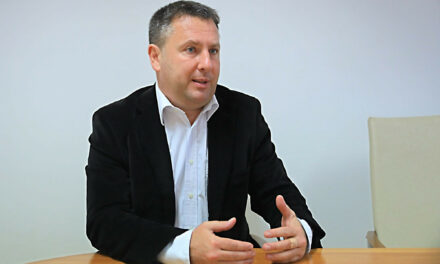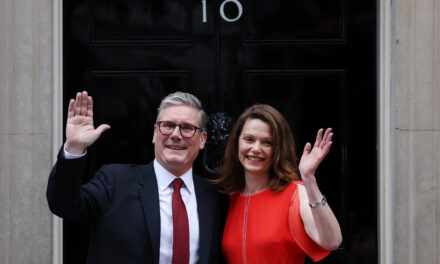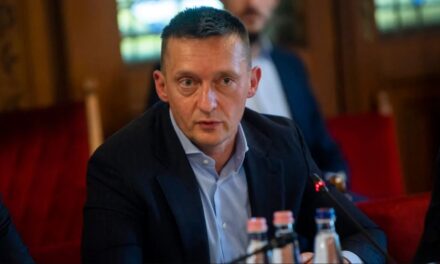Hungarian scientific life has reached a historic moment, as within the framework of the Hunor Hungarian astronaut program, after a break of almost half a century, our country is again sending a Hungarian person into outer space, announced Orsolya Ferencz, the ministerial commissioner responsible for space research.
On the basis of how strong a catalyst the space flight of Bertalan Farkas, who was present at Tuesday's press conference in 1980, acted as a catalyst for Hungarian scientific life, the main objective of the current astronaut program is well-founded, to set Hungarian science and high-tech on a long-term upward trajectory. industry - summarized the long-term aspirations of the program.
In response to Orsolya Ferencz's question, she also said: complex research programs will be carried out, physiological, drug development and radiation protection research will be carried out in accordance with the European Space Agency.
Hungary's space strategy is based on three pillars. The first one means exploiting the opportunities inherent in the space sector that stimulate innovation and sustainable growth affecting the national economy as a whole. The second means strengthening the international role of our country, broadening its relations, and creating organizational frameworks for coordination, and the third is the development of the knowledge-based social and economic conditions and infrastructural background essential for the prosperity of the space sector.
According to Miklós Maróth, president of the Eötvös Loránd Research Network, our country can show outstanding performance in the field of space research. The Hungarian space age was born immediately after the Second World War, when Zoltán Bay was the first to measure the distance between the Earth and the Moon using radio signals in 1946. Miklós Maróth said: the government has appointed the most significant domestic space research and space technology workshop, the Space Research Laboratory of the ELKH Energy Science Research Center, to coordinate, implement and professionally manage this complex program. With the Hunor program, astronaut selection and training and experimentation on the International Space Station have also been added to the wide range of capabilities available at ELKH.
240 people originally applied for the astronaut program to be part of the next Hungarian space mission. In terms of their professional background, the candidates ranged from an extremely wide spectrum, as they included deep-sea archaeologists, mathematicians, engineers, pilots, lawyers, doctors, and even philosophers. Due to the very strict mental, physical and psychological filters, the number of candidates was finally reduced to four. Among them will be the one astronaut who can join the crew of the International Space Station at the end of 2024 or the beginning of the following year and join the scientific work there.
"For us, the conquest of outer space is not a goal, but a vocation," said Gábor Magyari, the manager responsible for the selection and training of astronauts, at the press conference presenting the four candidates. During the nearly one-year selection process, the applicants were tested for their mental performance, physical endurance, personality stability, academic work level, and whether they are able to cooperate in a team as well as lead when necessary.
Four of the best

Astronaut candidates Ádám Schlégl, Gyula Cserényi, Tibor Kapu and András Szakály
Training for the four candidates will continue in their homeland in the coming days, and they will travel to the American base in Houston in February 2024 to prepare for the specific tasks of space travel.
You can read Ákos Jessó's full report on the hirado.hu
Featured image: Bertalan Farkas, Orsolya Ferencz, ministerial commissioner responsible for space research, Miklós Maróth, president of the Eötvös Loránd Research Network (ELKH).
Photos: hirado.hu/Gyula Péter Horváth













